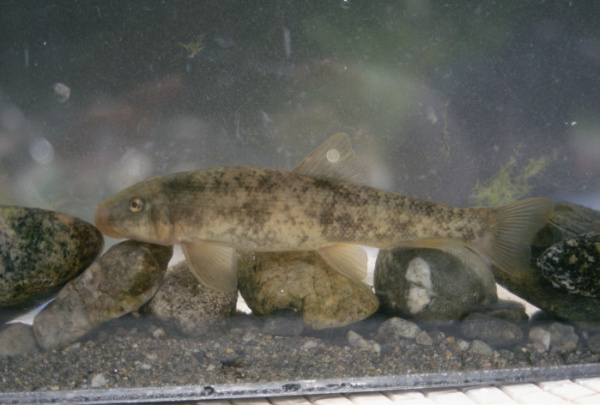File this under: “How One Little Fish Can Raise Such a Big Ruckus.”
The Santa Ana sucker has for centuries minded its own business, eating algae, surviving floods and procreating in some of Southern California’s pristine streams.
Course, after humans infiltrated the landscape and removed most of the habitat for the olive-colored big-lipped beauty, Santa Ana suckers sought shelter in various stretches, including controversial acres in the Santa Ana River in Riverside and San Bernardino counties and its tributaries, the San Gabriel River and Big Tujunga Wash in Los Angeles County.
There is more going on in this ongoing political fight over these little fishies and the water they live in – and it ain’t over yet.
Currently 8,305 acres of habitat have been created for the Santa Ana sucker and last year in December, a federal judge, after hearing arguments from conservation groups, decided to bump it up to 9,331 to give the fish a fighting chance. Critical habitat. Necessary for recovery of a species. That sort of thing.
But local congressmen along with water and power executives in San Bernardino Valley, Western and other water districts aren’t happy with that decision because it means less water from the Santa Ana reservoir for humans (and lawns, car washes, etc.) at a time when water is one hot commodity. They also claim that the original decision was based on false scientific data.
They have now filed a lawsuit against the U.S. Fish and Wildlife over those acres.
Countering the countering are four conservation groups – the Center for Biological Diversity, the Sierra Club, the San Bernardino Valley Audubon Society and California Trout – which intend to defend the acres needed for this rare fish, but also the science behind the decision. These acres, they say, constitute not only the bare minimum for the species to survive, but the river, too.
We’re sure more lawsuits and countersuits are in store in 2012.
In related news, the Riverside Press Enterprise reports on how the San Bernardino Valley Municipal Water District and Western Municipal Water District are restoring the sucker’s habitat, footing the $125,000 bill for a project that would
…includes cleanup of non-native plants, trash and debris and contouring the streambed of the Tequesquite Arroyo, which feeds the Santa Ana River, in Riverside.
The work will also benefit other imperiled species of fish, including the speckled dace and the arroyo chub.
The two water districts set up a habitat conservation fund four years ago, as part of their effort to get state approval on a permit to capture runoff from the Seven Oaks Dam near Highland, near the headwaters of the river. The agencies have contributed $250,000 to the restoration fund since 2007 and have pledged $50,000 annually through 2016.
Photo: U.S. Fish and Wildlife

